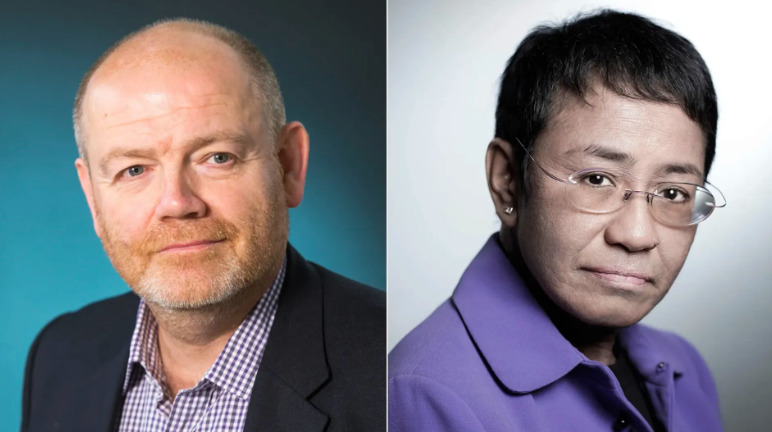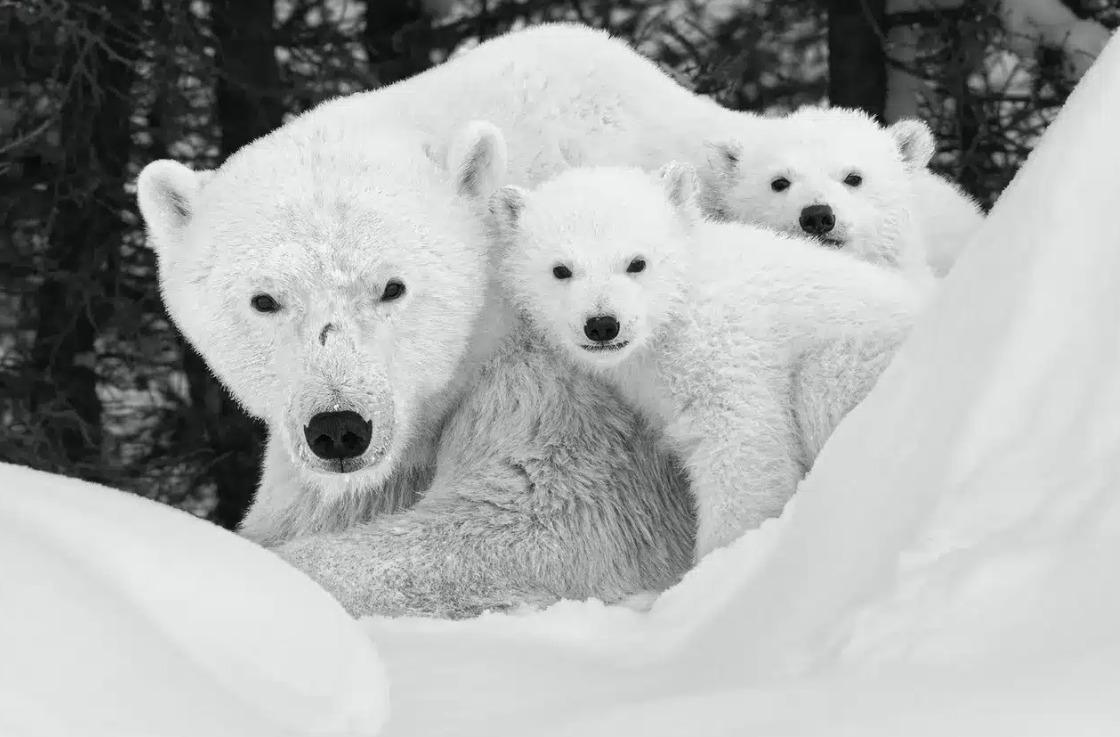
Paul Nicklen: A Reverence for Nature
Standing in front of any of Canadian photographer Paul Nicklen’s large-scale images in the current exhibition at Hilton Contemporary, one cannot help but be totally…
Thought Leader: Paul Nicklen
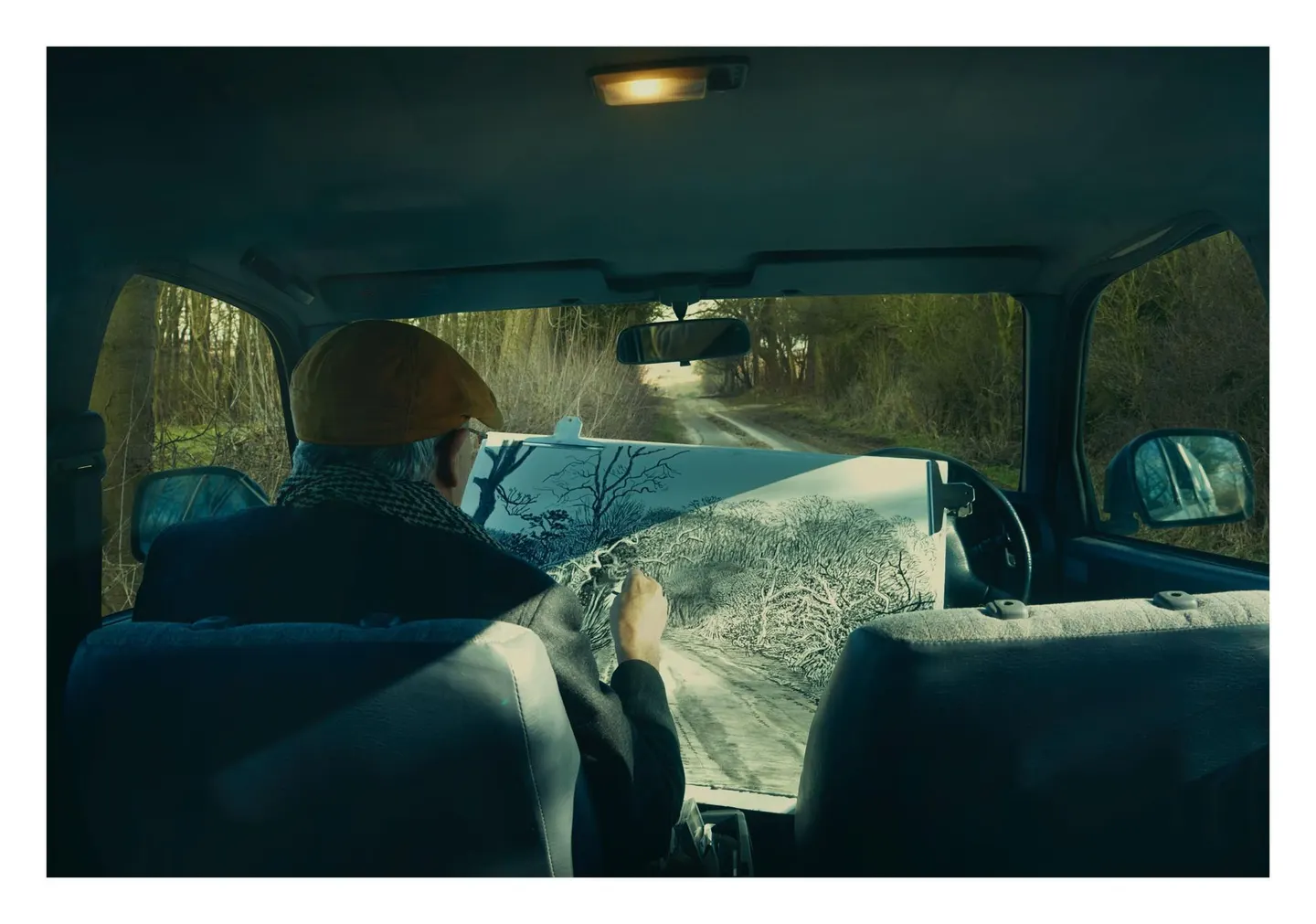
Few photographers have shaped the visual language of celebrity, culture and politics as indelibly as Annie Leibovitz. For more than half a century, she has captured icons from John Lennon to Andy Warhol, Barack Obama to Anne Hathaway, in portraits that fuse intimacy with theater and truth with myth. At 75, she’s still working at full tilt. Her eye is as sharp—and searching—as ever, reflected in her latest solo exhibition “Stream of Consciousness”, on view through September 27, 2025 at Hauser & Wirth’s Monaco space.
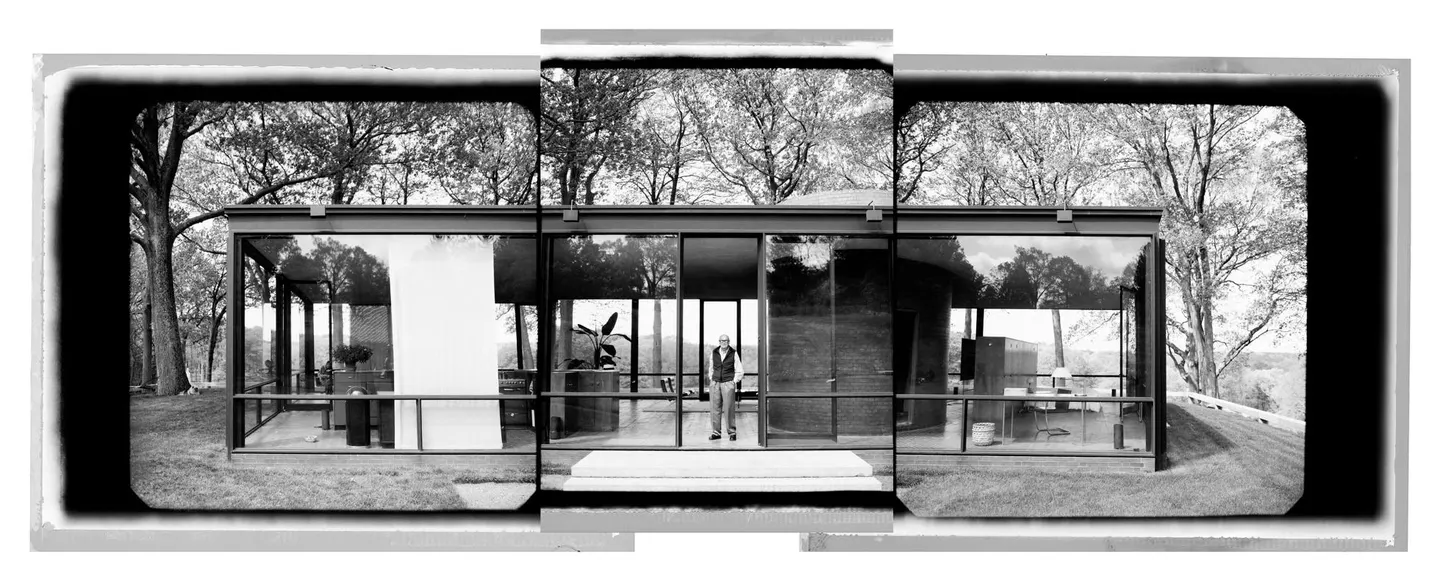
Born in 1949 in Waterbury, Connecticut, Leibovitz was the third of six children in a family on the move. Her father was a U.S. Air Force lieutenant colonel, her mother a modern dance instructor. “It was a great childhood because you got to move every couple of years and reinvent yourself,” she recalls. “I think it was a forerunner for my assignments—going in and out of so many different places.” It was her mother, Marilyn, who first planted the seeds of visual storytelling. She insisted on regular family portraits and filmed with an 8-mm camera. “Those family pictures are very important,” Leibovitz says. “You don’t really know how that works into your psyche or your subconscious, but it definitely had a foundation for me.”
Leibovitz didn’t initially set out to be a photographer. Enrolling at the San Francisco Art Institute, she majored in painting. A summer visit to her parents stationed in the Philippines changed everything. After buying a camera during a family holiday in Japan, she began experimenting in the base darkroom. “Photography is much more immediate and faster,” she explains. “The camera just made me feel comfortable.” She switched majors and, in 1970, began working for a fledgling counterculture magazine called Rolling Stone. Over 13 years there, she became Rolling Stone’s chief photographer, producing 142 covers. “Rolling Stone really built me,” she insists. “I grew up with the magazine, the magazine grew up with me. We were surrounded by remarkable, talented writers like Hunter Thompson and Tom Wolfe.”
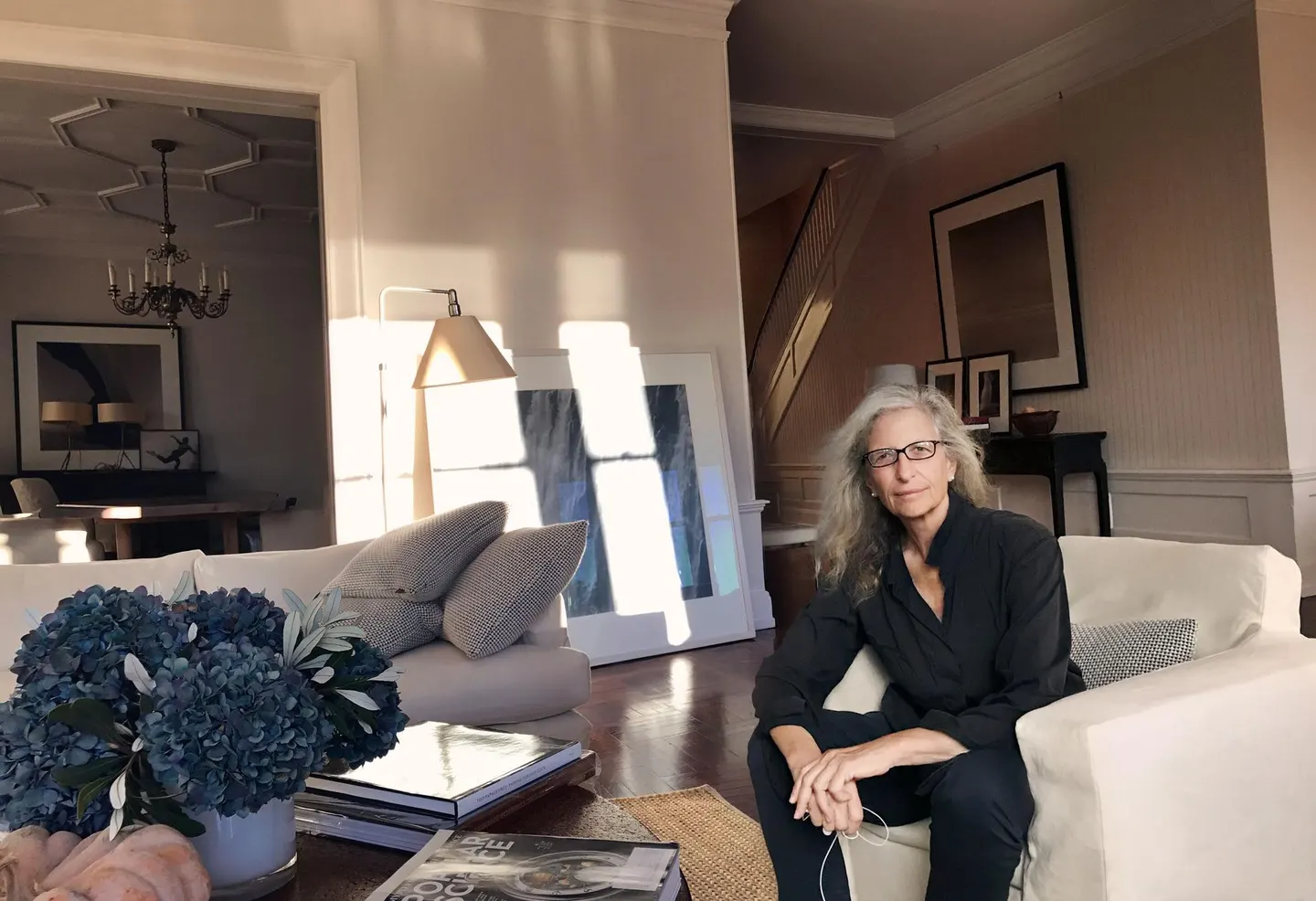
Alongside the marquee names are her quieter images—landscapes, interiors and still lifes—subjects that emerged naturally from scouting portrait locations. “They began to develop as their own world,” Leibovitz notes. In her current show, they’re given equal weight with portraits and cultural artifacts. “Stream of Consciousness” brings together photos from the past two decades, arranged not by chronology but by intuition and visual rhymes. “I have so much work at this point that I began to see the imagery of the pictures talking to each other,” she discloses. “There’s a whole other language that has developed. It was interesting to think about my work out of order. It was definitely a stretch for me, but I really loved it. I’m very interested in process. I love process.”
On view are both familiar faces—Cindy Sherman, Billie Eilish, Salman Rushdie—and rarely seen works like the Annabelle Selldorf series, taken at New York City’s Frick Collection during its renovation. On the walls, Stephen Hawking sits alongside Supreme Court Justice Ketanji Brown Jackson, Georgia O’Keeffe’s red hill in New Mexico rubs shoulders with an Amy Sherald portrait, Edward Hopper’s childhood home shares space with Ellsworth Kelly’s studio and Elvis Presley’s bullet-riddled TV resonates with Abraham Lincoln’s top hat.
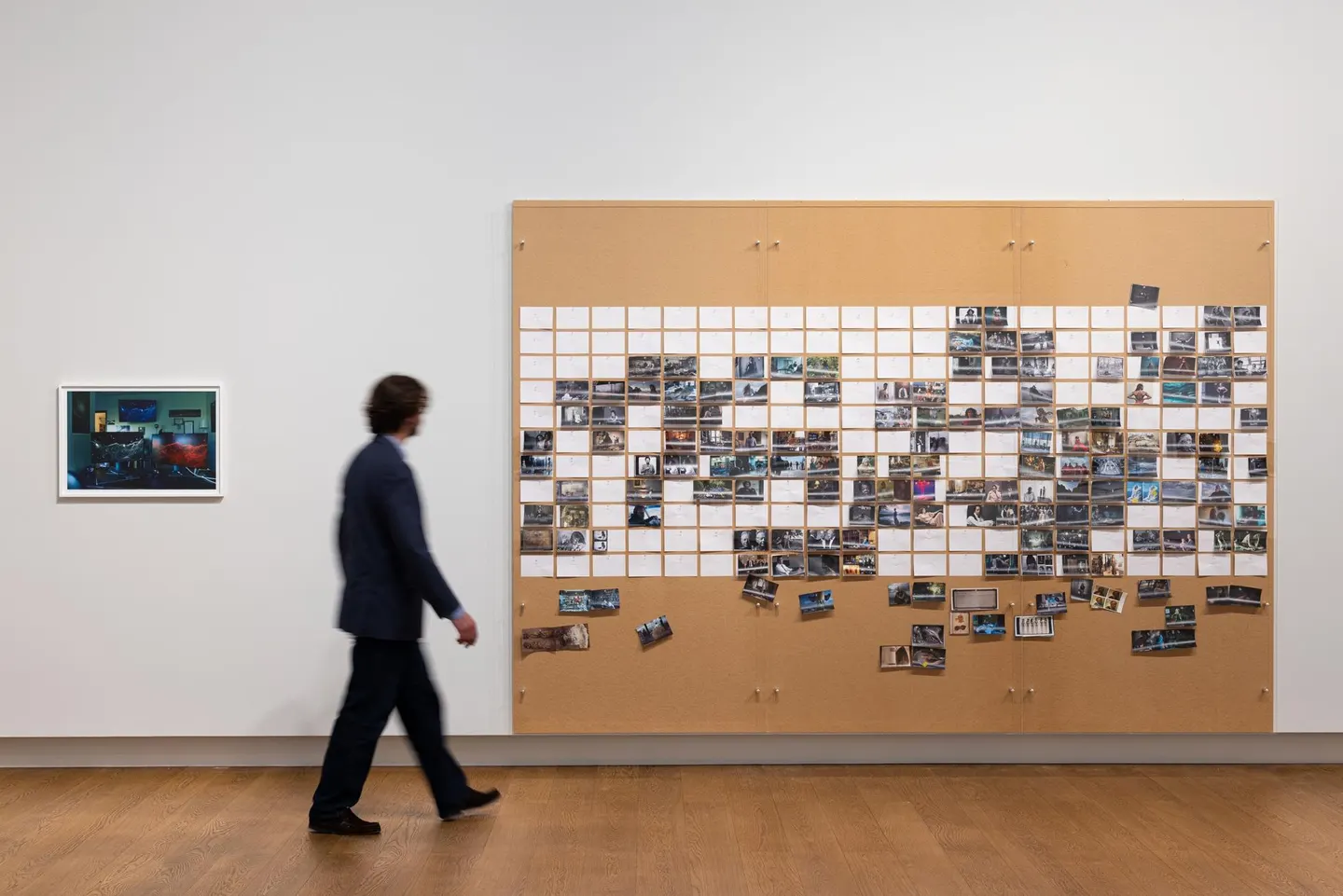
Leibovitz has always resisted pigeonholing. “I never wanted to be cornered into one style,” she explains. “[Brazilian designer and art director] Bea Feitler taught me that you need to look back to go forward. Not too many photographers actually stop and look at what they’ve accumulated.” For her, the retrospective view is not just about legacy, but a spur to keep working. “I want to go out with my boots on,” she states. “I’m going to work until I can’t work anymore.” Her artistic influences are wide-ranging: David Hockney’s montages, Henri Cartier-Bresson’s mastery of the frame, Richard Avedon’s refusal to stay in one lane. “He was definitely an artist,” she says of the legendary American photographer. “Why wouldn’t someone want to develop all these different ideas that photography has to offer, especially now digitally, where there’s a whole new set of possibilities that are fascinating?”
In the digital age, Leibovitz is unfazed by technological shifts. “It’s really about what’s in the photograph. It doesn’t matter what camera you’re using, it’s what you’re saying,” she points out. She works with everything—from Sony, Canon and Nikon to her iPhone. “If I could have a camera transplanted in my forehead, I would,” she adds. “You really just want content.” That openness has kept her current through decades of change. “I like to stay contemporary. I’m curious about everything new that comes along,” she shares. “There isn’t a photographer I admire that I wouldn’t think, if they were alive today, would be using everything that’s available.”
Leibovitz’s career is as decorated as it is long: induction into the Académie des Beaux-Arts in Paris in 2024, the International Center of Photography’s Lifetime Achievement Award, the Royal Photographic Society’s Centenary Medal, the Prince of Asturias Award and recognition as a Living Legend by the U.S. Library of Congress. Yet despite the accolades, she remains focused on the work itself—and on making it matter. “I am still recording my time,” she says. “I try to incorporate what’s going on and where we are right now. It’s a very difficult time in the world and I’ve been trying to figure out what next steps I can take to contribute to making things better.”
In “Stream of Consciousness”, the images do more than show famous faces or beautiful places. They map a mind at work, following threads across decades and subject matter. It’s a fitting approach for an artist whose lens has never been fixed in one place for long. For Leibovitz, the journey has always been about staying alert, adaptable and deeply engaged with the world. As she concludes, “Photography has so many aspects to it. I’ve been privileged to be able to work with it for a long time in so many different ways. I love it all.”
Beyond the gallery, Annie Leibovitz is a dynamic keynote speaker who brings unparalleled insight into creativity, visual storytelling, and the business of culture. She offers audiences a unique perspective on leadership, innovation, and the power of images to drive connection and impact. To host Annie Leibovitz at your next event, contact WWSG
Paul Nicklen: A Reverence for Nature
Standing in front of any of Canadian photographer Paul Nicklen’s large-scale images in the current exhibition at Hilton Contemporary, one cannot help but be totally…
Thought Leader: Paul Nicklen
Sara Fischer: International Fund for Public Interest Media looks to raise $150M
This piece is by WWSG exclusive thought leader, Sara Fischer. An international fund that supports independent media on Wednesday unveiled an ambitious plan to raise…
Thought Leader: Sara Fischer
Sara Fischer: Newspaper entrepreneur builds Jersey Shore news empire
This piece is by WWSG exclusive thought leader, Sara Fischer. Veteran newspaper banker and media operator James McDonald has launched a new company to consolidate…
Thought Leader: Sara Fischer
